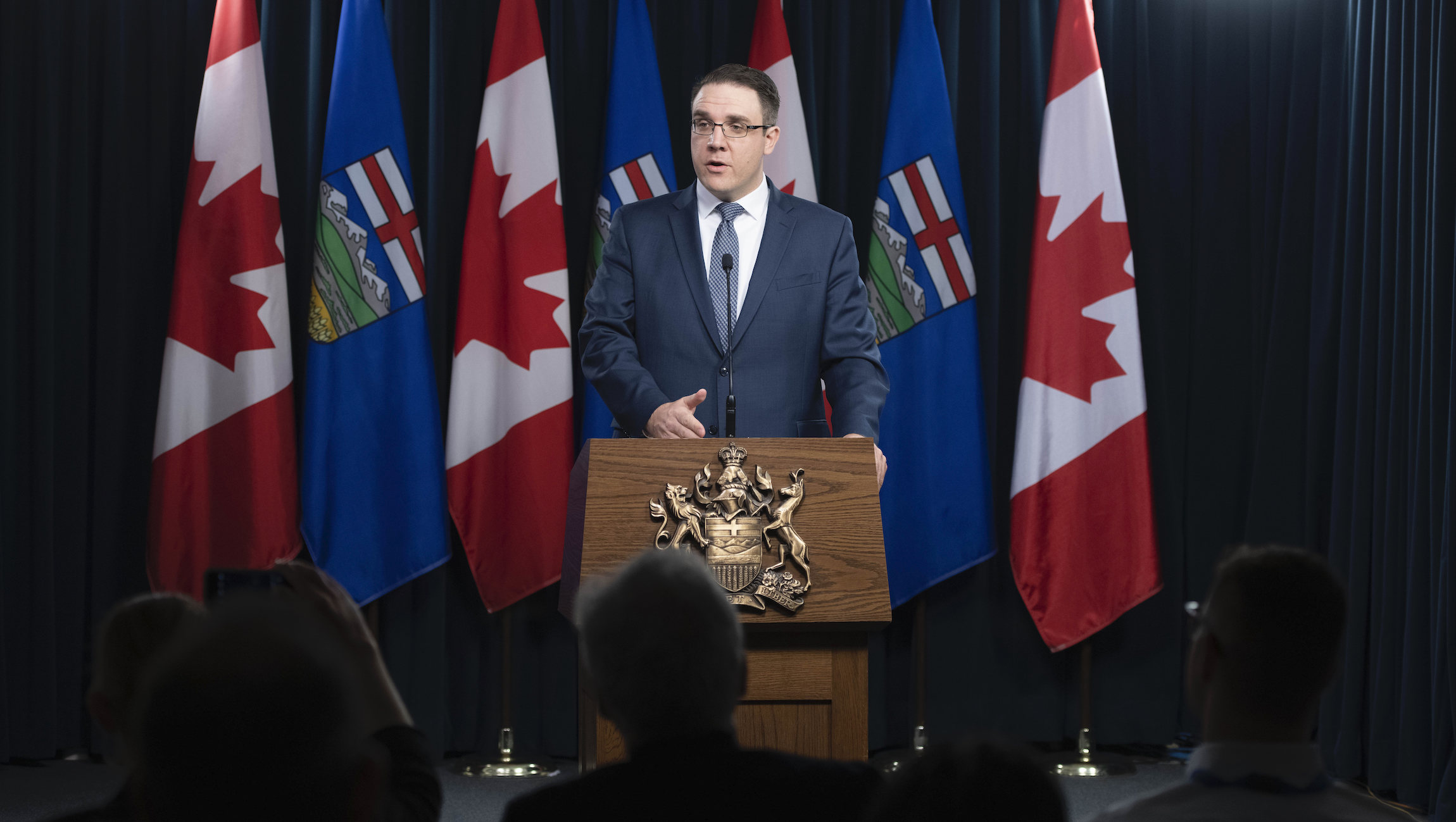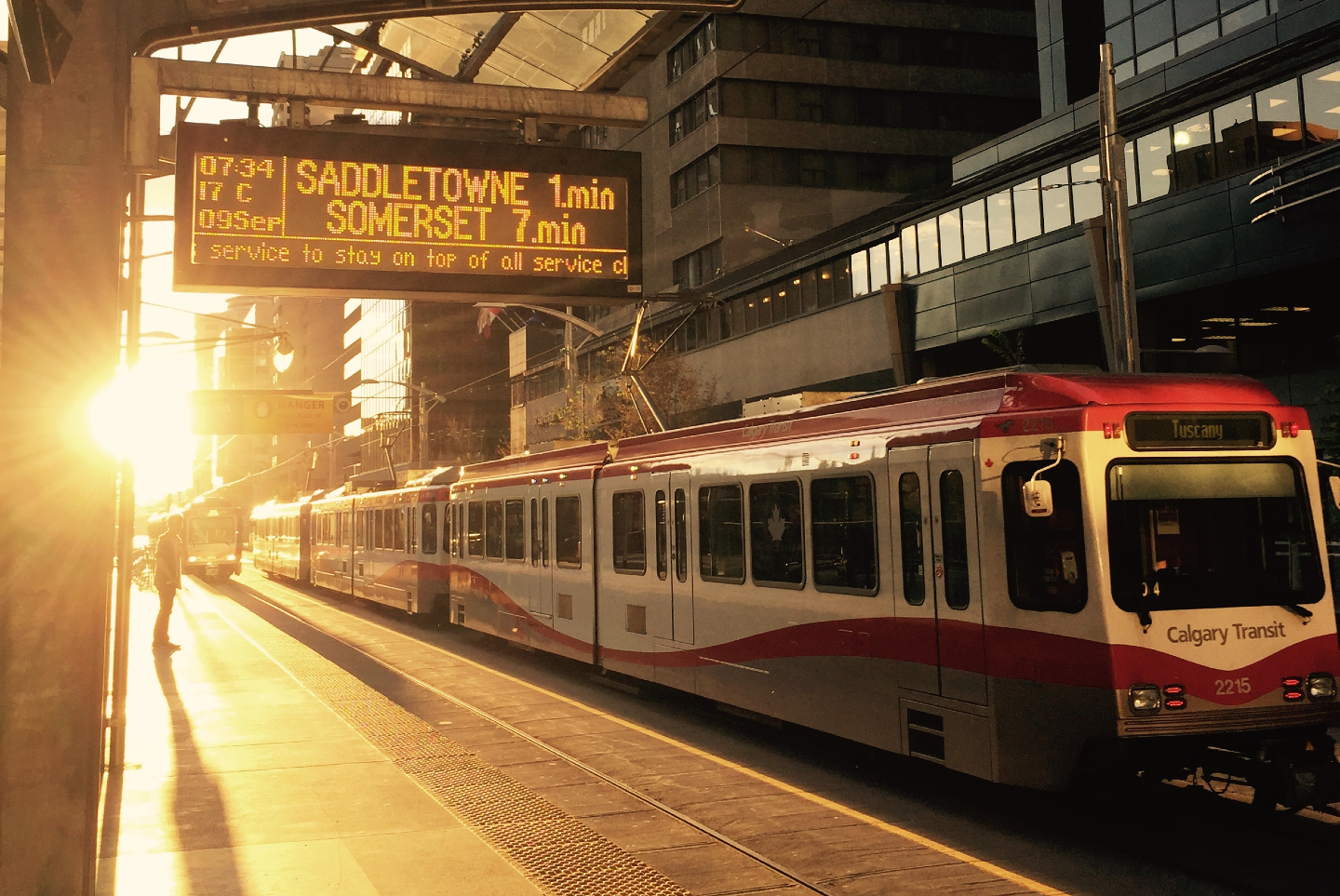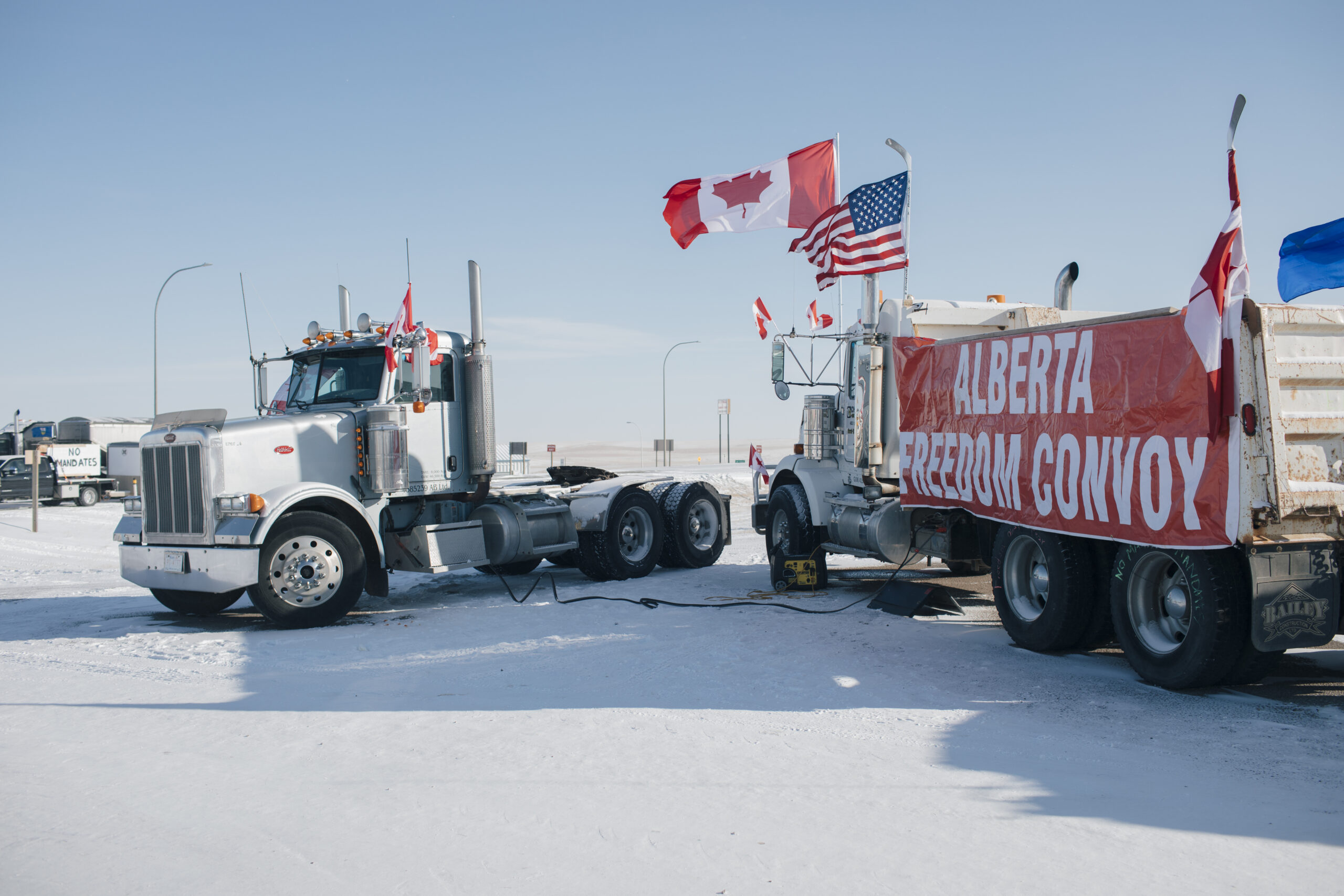
Court halts tailings increase as First Nation challenges B.C.’s decision to greenlight it
Court sides with Xatśūll First Nation, temporarily halting Mount Polley mine waste expansion
When Alberta’s interim finance minister Jason Nixon stood before reporters on Aug. 31 to unveil the province is anticipating a whopping $13.2 billion surplus, he argued the government was moving away from the spending temptations of massive oil and gas revenues.
The government, he said, would pay down the maximum amount of debt it could, $13.4 billion in total, and resist the urge to go on a spending spree like governments past.
But the decision not to invest any of the extra cash in building a way forward for the province represents a sort of petro-nostalgia — the inability of the Kenney government to envision a future that could lead to long-term stability for Alberta when the industry withers.
The money, an almost incomprehensible sum, could have had a significant and long-term impact on the province and the people who call it home, and help ease social tensions during a transition. But Kenney and the United Conservative Party decided to stay the course, despite the province vibrating with the hopes and fears of change in a changing world.
They gambled that the returns from reducing debt outweighed investments in, for example, a strained healthcare system, the cleanup of thousands of oil and gas wells, greatly expanding transit or even ensuring the most vulnerable Albertans can survive as the cost of living soars.
While the sheer size of the oil and gas revenue pouring into government accounts is staggering — they’re forecasting a record $28.4 billion — the fact a rally in energy prices is responsible for propping up the province is not surprising.
Peter Lougheed, the man who launched the Progressive Conservative dynasty in Alberta, saw the peril when the province first started drowning in oil and gas wealth. He brought in the Heritage Savings Fund in 1976 so that a portion of resource revenue could be stashed away for a rainy day, with some spent on diversifying the economy or improving quality of life.
The years went on, spending rose, the Heritage Fund stagnated as money was spent, little was invested and returns ebbed and flowed. Taxes remained low or, in the case of a provincial sales tax, non-existent.
As booms turned to busts or busts turned back to booms, Alberta’s budgets followed suit. The lessons of lean years, soon forgotten. The lessons of boom years, hardly considered. Diversification too often thought of as something to consider later.
Violent swings between deficits and surpluses were common. The province eliminated its debt in 2004 before it slowly climbed back up and ballooned during a prolonged downturn that started in 2014. It was projected to hit $93 billion this year before Nixon’s announcement.
Now the same pattern of feast or famine has led to a record windfall and another dip in the debt.
“This government in Alberta has doubled down on defending the largest industry in this province and we’re seeing the benefits of that effort,” Nixon said in his announcement.

Nixon, a staunch Kenney loyalist, said the priority of the government was to keep spending down, keep taxes down and to help with affordability without increasing inflation as everything from a loaf of bread to, yes, a latte, goes up.
Spending won’t go up as it had in the past when money flooded in from oil and gas revenues, a sign that maybe the government has learned something from the past. But what’s missing is a stable path forward for when the last well or mine closes. A world moving on in a time of climate crisis is not reflected in Alberta’s budget estimates or windfall plans. Caring for those left behind is not a priority.
Which is all to say, the Kenney government has stayed true to its word.
It reduced corporate taxes as soon as it took office and insisted investment would follow, even as it raised personal income taxes by de-indexing them to inflation. Fiscal prudence and low costs would be the drivers of prosperity and maybe even diversification, but change would have to wait. As Jared Wesley, a political scientist at the University of Alberta recently wrote in Alberta Views magazine, Kenney’s mantra was always prosperity before compassion.
Corporate revenues, the government said in its fiscal update, were up 68 per cent.
The government isn’t just planning to put money from this surplus and left over surplus from last year toward debt, however, because there just wasn’t enough of it coming due. So it also plans to tuck an additional $1.7 billion into the Heritage Fund for a rainy day — also a record amount.
It reversed the personal income tax grab it introduced in 2019 by indexing the tax to inflation, meaning as the cost of living goes up, so too does the minimum income where tax is due.
It also did do something about wells, but that involved speeding up the delivery of $279 million in federal cash that was already allocated for other years.
The government trumpeted natural gas rebates, electricity rebates and gas tax rebates, all of which ensure the companies reaping windfall profits get paid with the help of government aid and Albertans get a slight break as bills skyrocket.
It did not index Assured Income for the Severely Handicapped to inflation or senior’s benefits, both of which the government also de-indexed in 2019 — meaning those benefits remain flat even as life grows ever more expensive.

It did not invest in infrastructure, or reverse the cut to tax credits for new industries. It did not fund the entirety of the Green Line LRT project in Calgary that was forced to cut short its original cross-city vision for lack of funds. It did not look at the hundreds of thousands of abandoned and orphaned wells dotting the landscape or the billions in unfunded environmental liabilities and decide to make a dent. There is a long list of possibilities.
Billions poured in and while Nixon framed it as getting away from the temptation of oil and gas money to fund government largesse, the government opted for a status quo — a political decision in and of itself.
“There are opportunity costs involved in this choice, but that’s true of any policy choice. Everything comes with trade-offs,” says Trevor Tombe, an economics professor at the University of Calgary and a close watcher of government finance.
“So that makes it important for us to be clear about what those trade- offs are, so we can evaluate whether we think it’s worth it or not.”
The government, Tombe says, paid off debt to save interest payments in the future — a return of about four to four-and-a-half per cent at current rates. That could save hundreds of millions of dollars.
While Tombe would ultimately like to see Alberta save the entirety of its oil and gas revenues and rely on taxes and other revenues to cover costs, he says there are arguments for investing in projects with long-term benefits.
Tombe doesn’t know the in-and-outs of the Green Line LRT expansion or even the nitty gritty of well cleanups, for example, but says those returns could certainly be higher than paying down the debt — there are benefits that stretch into the future from a cleaner landscape or a better city, tangible and otherwise.
If anything, he says, healthcare needs urgent and ongoing funds to deal with issues that aren’t going away as the population ages.
Debt repayment was about more than just dollars and cents though. It could have simply been a question of expediency after two years of record reversals of fortune, or the constraints imposed by the ongoing race to be leader of the United Conservative Party and, therefore, Alberta premier.
“We’ve got back-to-back blowouts as a province and the funds are just flowing in so quickly,” Tombe says.
“Combine that with the fact that the governing party is kind of internally dealing with a leadership campaign and kind of paralyzed on a lot of what they can do until that’s resolved, so debt repayment, it’s just the easy thing to do.”
That “easy thing to do” also puts enormous pressure on whoever ends up as leader of the anything-but-united United Conservatives, just as the leadership race likely put pressure on the Kenney government not to do anything brash.
The next leader of the party and, therefore, Premier of Alberta, will be decided on Oct. 6.
Lori Williams, a political scientist at Calgary’s Mount Royal University, says ideology, politics and the personal desires of Kenney are all likely factors in the decision to tackle debt and little else.
The decision will be popular with longstanding United Conservative members, she said. It also allows Kenney a chance to try and influence the race and to put his stamp on the windfall.
“I think the revelation, the day of the [leader’s] debate, was intended to benefit Travis Toews who had been Finance Minister when those budget numbers started to come into line.”
Of course, the government didn’t pick the timing of the fiscal update, but it did choose to make decisions about a record-breaking windfall rather than step aside for the next premier to decide what to do with the wealth — something Williams says is unusual.
All of it could still be undone by whoever wins the race, but the pressure to stay the course will be strong.
It’s a potential restraint on the populist — and constitutionally averse — impulses of frontrunner Danielle Smith.

It might just be a final bit of glue for Kenney to apply to a party made of factions that were dragged kicking and screaming into a partnership only three years ago and which is coming apart at the seams as the pressures of governing and a global pandemic take their toll.
Debt repayment as the last unifying vision of a fractured party.
“These are folks that aren’t just different in terms of their values, their beliefs, their histories and so forth,” Williams says. “They don’t like each other. So how do you hold that together? I don’t know.”
The question about how to hold the United Conservative Party together could just as easily be asked of the province as a whole. There are divisions that seem hard to heal and visions for the future of Alberta that can be hard to reconcile.
The pandemic took its toll and has roiled the governing party to the point that it might not survive, but Albertans were broadly in support of pandemic restrictions.
The future path is less secure.
Renewable energy is surging, there is a concerted push to attract new industries and build on the technological and business strengths of the cities. Edmonton and Calgary have both declared climate emergencies and, at least on paper, are working hard to move the big centres toward a net-zero future.
But in the legislature, the government is focused, as Nixon said while announcing the windfall, on a resource-dependent past and hoping that its moves to promote a greener face for the oil and gas industry will be enough to quell critics and keep the money flowing a while longer. Its climate policies are almost all directed at helping the industry through things like carbon capture and storage and promoting new directions like hydrogen.
Those who feel left behind by a changing world promote separatism or autonomy and chafe at any federal intervention. Smith, the frontrunner in the United Conservative leadership race, wants to bring in legislation that she claims would allow Alberta to ignore Ottawa if it wanted to. It’s the next step in a line of resurgent discontent that started with the re-election of Justin Trudeau and the rise of Wexit.
The anger is real, with the recent verbal attack on the deputy prime minister being just one example.
“Even though Chrystia Freeland is very clearly taking the high road by saying that doesn’t represent ordinary Albertans, that’s a harder message to convey with some of the stuff that’s going on,” Williams says. “Tamara Lich is from here, we had the guns seized here. It’s just really worrisome.”
Without a vision for what comes next, and the willingness to use windfall profits and policies to help achieve it, those cleavages could continue to grow and the opportunity to nurture an Alberta independent of resource booms and busts could come and go.
Get the inside scoop on The Narwhal’s environment and climate reporting by signing up for our free newsletter. On a warm September evening nearly 15...
Continue reading
Court sides with Xatśūll First Nation, temporarily halting Mount Polley mine waste expansion

Break out the champagne: Emma’s storied life and leadership in journalism has earned her the...

How can we limit damage from disasters like the 2024 Toronto floods? In this explainer...
